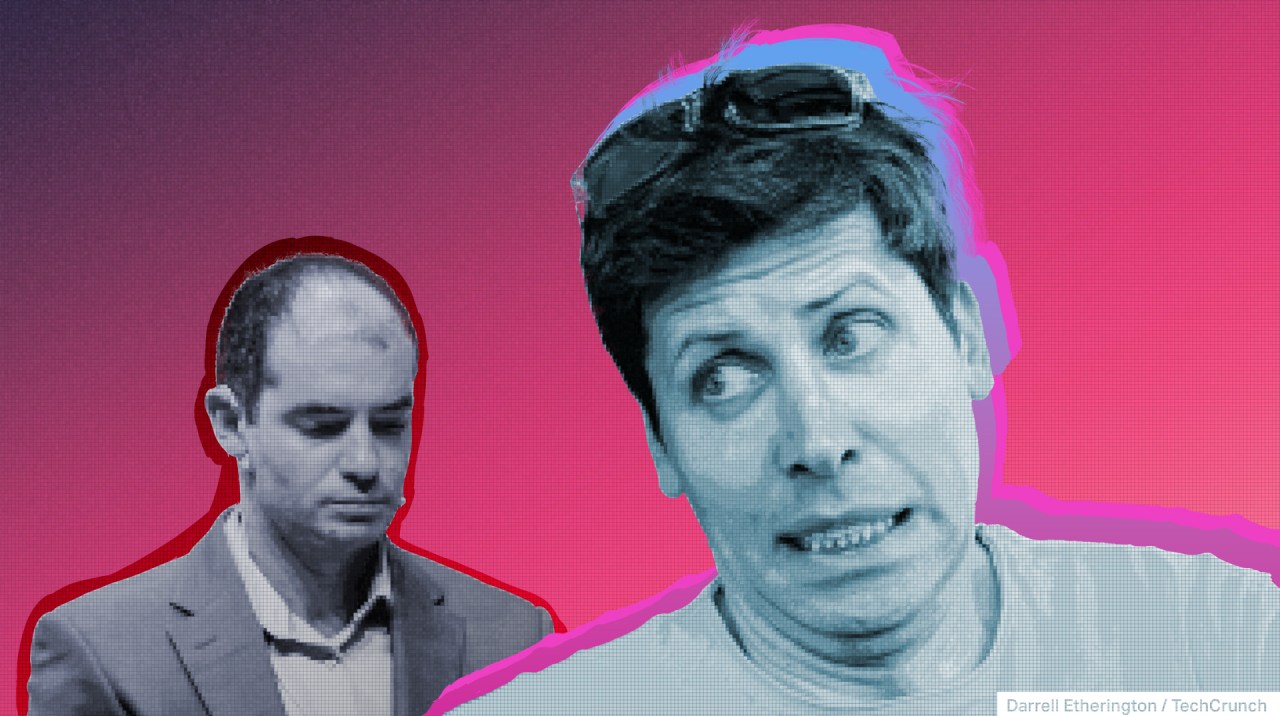In the ever-evolving landscape of artificial intelligence, responsibilities and priorities frequently clash amidst the promise of innovation. Recently, the narrative surrounding OpenAI’s Superalignment team has unfolded as a profound reflection of this phenomenon. Established to tackle the formidable challenge of governing superintelligent AI, the team’s mission embodies both optimism and caution. However, internal strife and resource allocation issues suggest that even the most ambitious plans can encounter significant roadblocks, potentially jeopardizing the future of AI safety and ethics.
The Genesis of Superalignment
Last July, OpenAI recognized the need for robust frameworks to monitor and steer superintelligent AI systems, forming the Superalignment team. This unit aimed to be at the forefront of securing these technologies, collaborating with prominent researchers, and developing vital safety protocols. However, as the team endeavored to make headway against daunting challenges, they encountered barriers that seemed insurmountable.
Resource Allocation: The Heart of the Matter
According to insiders, the Superalignment team was assured access to a substantial 20% of the company’s compute resources—an essential requirement for conducting meaningful research. However, more often than not, requests for necessary computational power were denied, leaving team members frustrated and stifled. This situation highlighted a broader issue within OpenAI: the clash between product development ambitions and the diligence needed for safety measures and aligned research.
- Founders Falling Out: The tensions weren’t confined to resource allocations alone. Co-founder Ilya Sutskever’s tumultuous relationship with CEO Sam Altman increasingly distracted leadership from the initiatives that the Superalignment team was dedicated to.
- A Shift in Focus: As the company accelerated its product launches, the urgency of safety measures appeared to wane, resulting in claims that “safety culture and processes have taken a backseat to shiny products.”
The Resignations: A Breaking Point
In light of these struggles, several key members of the Superalignment team, including co-lead Jan Leike, opted to resign. Leike articulated his concerns publicly, expressing dissatisfaction with how OpenAI’s leadership prioritized projects over safety and preparedness. He emphasized the importance of addressing critical topics such as security, alignment, and societal impact—not merely as a secondary focus but as central to the mission of developing superintelligent AI. His departure symbolized a pivotal moment; the voices advocating for a rigorous safety framework were being silenced, which could have dire implications for how AI technologies evolve.
What Does This Mean for the Future of AI?
The aftermath of these resignations raises pertinent questions about OpenAI’s future trajectory. With a restructuring that integrates former Superalignment team members into various divisions, the singular focus that characterized the original team has shifted. How effectively can a dispersed team maintain a commitment to rigorous safety protocols? The concern is palpable—the safety-first ethos, vital for any organization engaged in developing cutting-edge technologies, risks dilution when not prioritized at every level.
A Call to Action: Safeguarding the AI Landscape
The challenges faced by OpenAI’s Superalignment team serve as a cautionary tale for the broader tech industry. As companies unleash more powerful AI systems, the imperative to prioritize safety, transparency, and ethical considerations cannot be overstated. As AI evolves, so too should our frameworks for managing its potential risks. We must foster an environment where vigilance in monitoring and aligning AI capabilities becomes a collective priority across the industry.
Conclusion: The Path Forward
While OpenAI navigates this tumultuous period, the implications of their struggles extend beyond their internal landscape—we must collectively support initiatives that prioritize safety as central to AI development. The balance between innovation and caution is frail, and it requires unwavering commitment from all stakeholders. At fxis.ai, we believe that such advancements are crucial for the future of AI, as they enable more comprehensive and effective solutions. Our team is continually exploring new methodologies to push the envelope in artificial intelligence, ensuring that our clients benefit from the latest technological innovations. For more insights, updates, or to collaborate on AI development projects, stay connected with fxis.ai.

